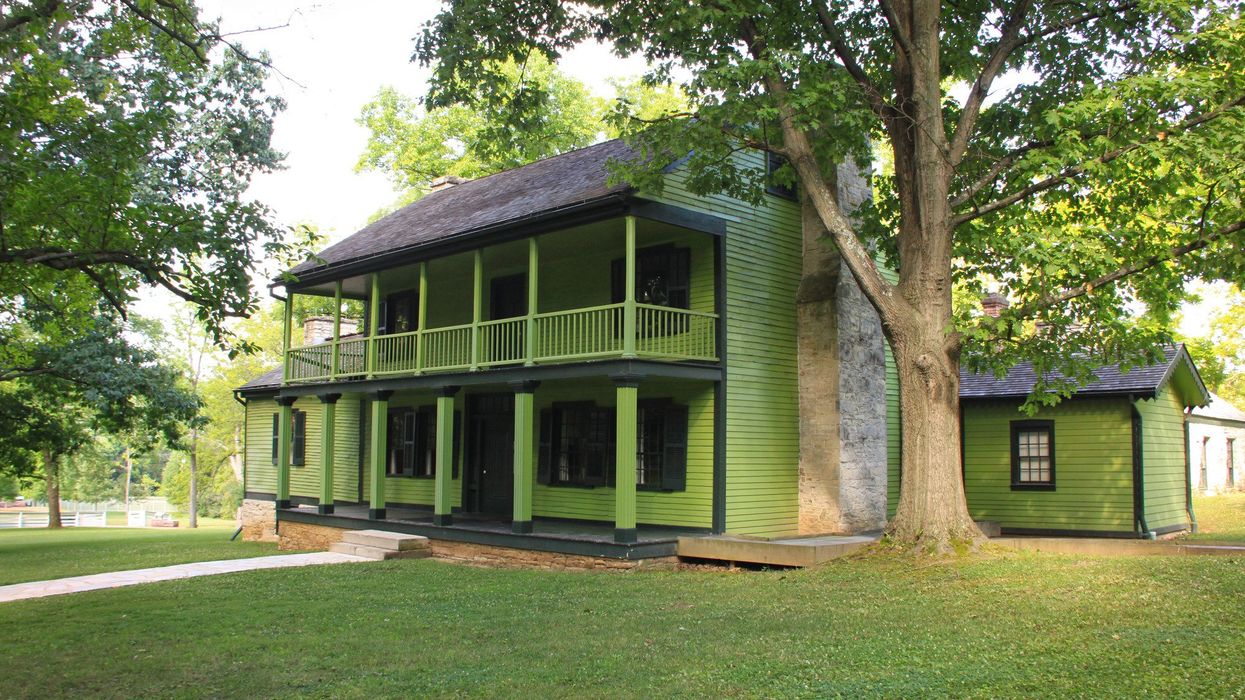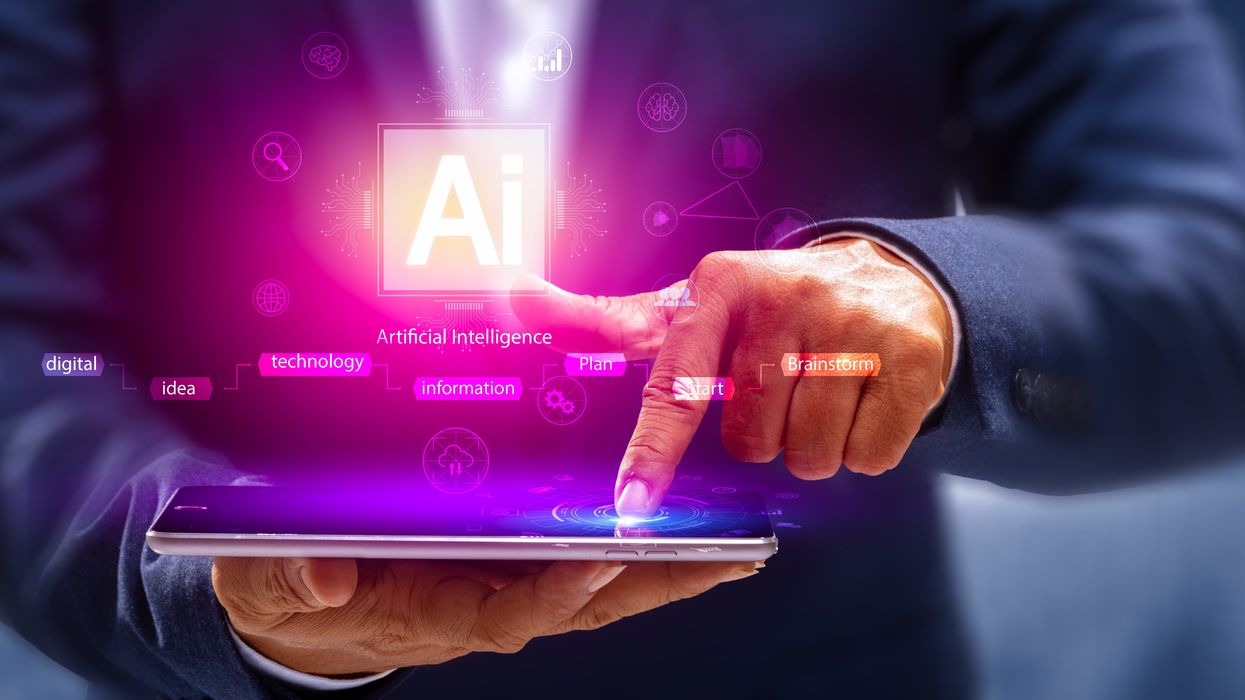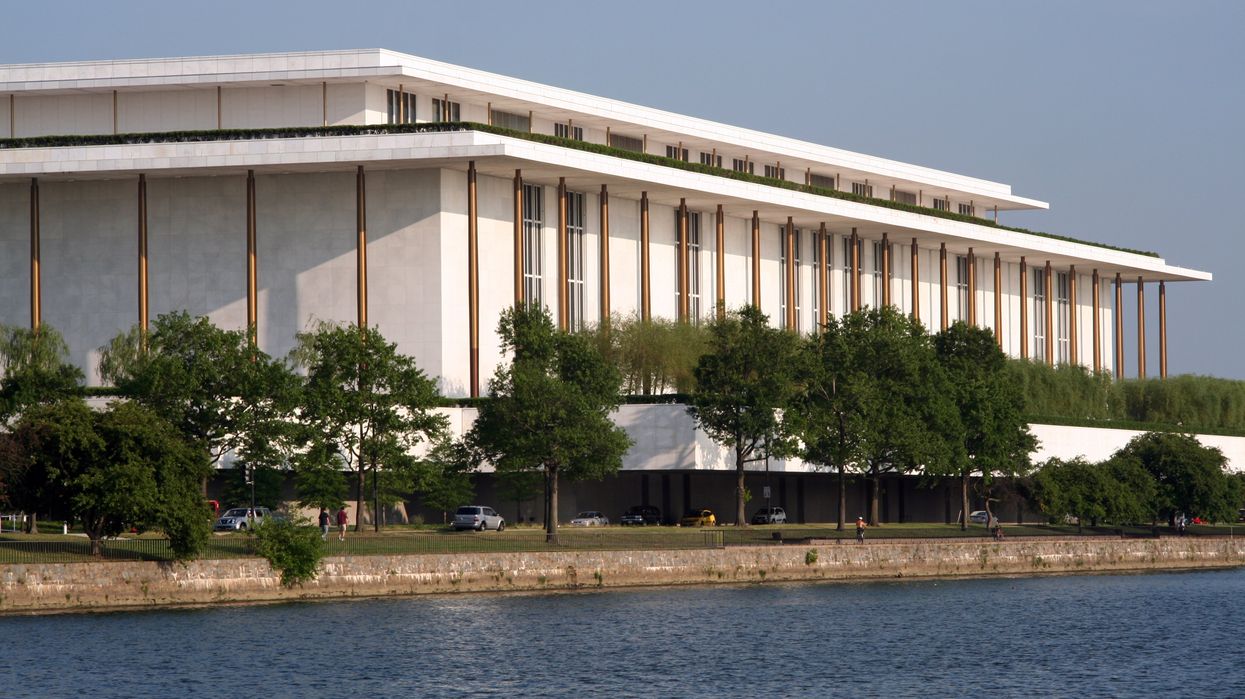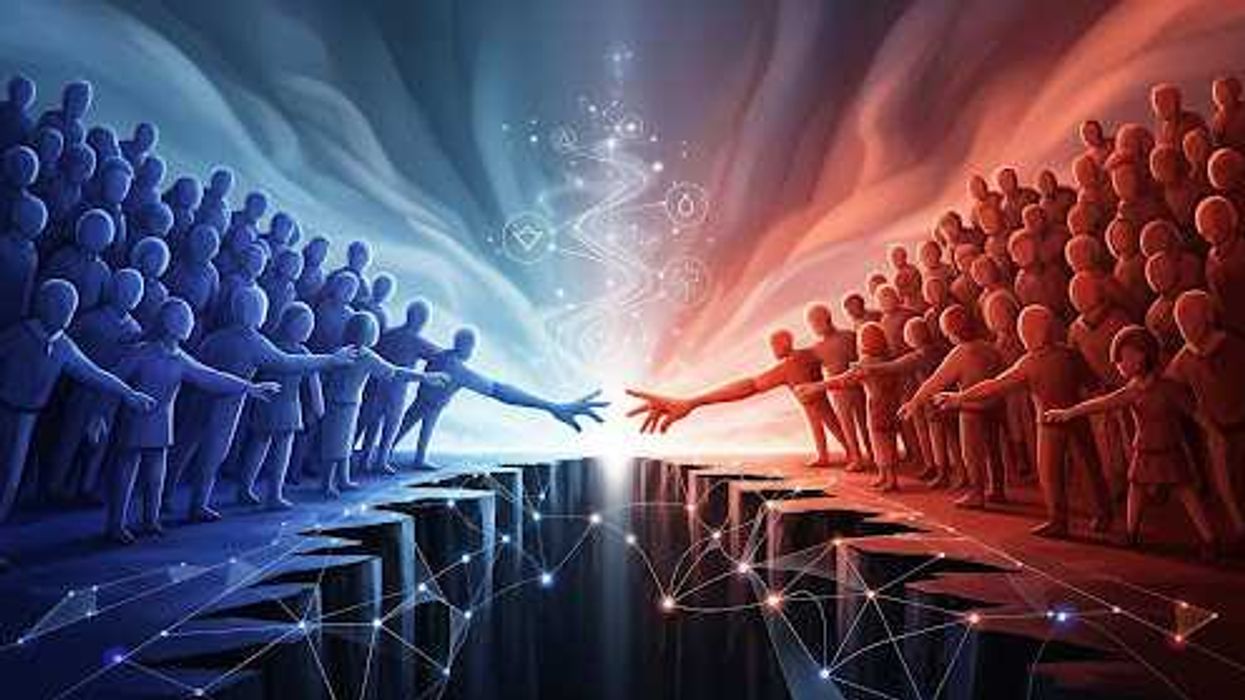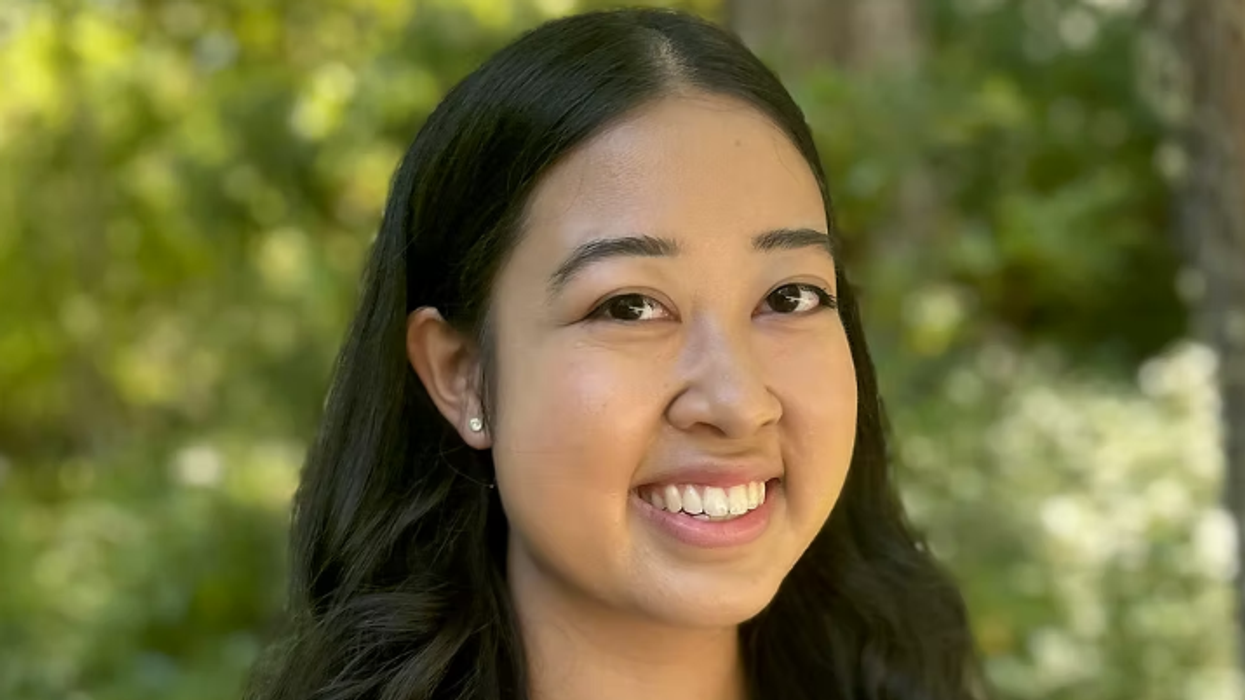Gamson, an undergraduate student at the University of Central Florida, is the communications assistant for Made By Us.
The Civic Season, in its fourth year running, has become a beloved tradition held between Juneteenth and July Fourth to school-up on U.S. history and skill-up on civics so that we can be better prepared to shape our future. Aimed in particular at serving young adults — Gen Z — Civic Season cultivates connection with the American story — past, present and future — through events like festivals and pizza parties, tours, exhibits, podcasts, media, and more.
But with 400-plus participating organizations in 50 states, how does this grassroots and grasstops tradition flex to meet the needs of such different, diverse communities across America? How does it possibly work in both rural and urban, Northern and Southern, red and blue communities? And how do these lessons learned help us better plan for future commemorations like the 250th anniversary of the United States in 2026?
As this annual tradition continues through July Fourth, organizations have gotten creative with their programming. From running 5Ks to writing stories, enjoying pizza parties, or watching live performances, Civic Season looks different for each institution. Yes, even bird-watching can be a civic act!
This roundtable Q&A goes behind the scenes with organizers in two Civic Season host cities, Pittsburgh, Pa., and St. Louis, Mo., on how we can build traditions to shore up our democracy that adapt to the times, address the crisis du jour and accommodate our differences — regional and otherwise. I had the pleasure of chatting with Brady Smith, chief communications officer at the Heinz History Center, and Julie Northrip, interpretation, education and volunteer program manager at the Ulysses S. Grant National Historic Site, about their respective Civic Season programming.
Maggie Gamson: Tell me a little bit about your organizations.
Brady Smith: The Heinz History Center is located in Pittsburgh, and we're the largest history museum in the state. We're an American history museum with a western Pennsylvania connection, and we're named after Sen. John Heinz, who, yes, is heir to the Heinz family, but we are not the ketchup museum or a ketchup factory. We do have a wonderful exhibit on The Kraft Heinz Company, which is an integral part of Pittsburgh history and, really, food history in the United States in general! There are seven floors of exhibitions here. It's a large museum that includes various collections, including “Mr. Rogers' Neighborhood,” which was filmed here in Pittsburgh. We had the original set. We've been involved with civics education for several years now specifically, and the History Center is a founding partner in Made By Us. We've been really proud to be a part of this initiative from its inception.
Julie Northrip: The Ulysses S. Grant National Historic Site is a unit of the National Park Service and is located in St. Louis County. Its purpose is to educate and inspire this and future generations about the lives and legacy of Ulysses S. Grant, Julia Dent Grant, the enslaved African Americans, and other residents by preserving and interpreting White Haven within the context of American history. Ulysses S. Grant is known as the victorious Civil War general who saved the Union, and the 18th president of the United States. He first met Julia Dent, his future wife, at her family home, named White Haven. From 1854 to 1859 the Dents, Grants and an enslaved African-American workforce lived on the property. We exist to share these stories with a range of audiences.
MG: How are you participating in Civic Season?
JN: It’s the first time we’ve participated in Civic Season! This year we are hosting an event for Gen Zers that has been offered by other institutions during Civic Season, A Slice of History. In addition to free pizza, we’re putting together a photo scavenger hunt through our museum, historic house and park grounds that we hope will be fun but also show participants what our site is about and the stories we tell. After the scavenger hunt, we’ll have a local band play while they enjoy pizza and socializing.
BS: This is our fourth year participating in Civic Season, and it has been amazing to watch it grow since its inception. It is so incredibly exciting to see how many programs there are and how many organizations are involved around the country — it really is a powerful coalition of museums and cultural institutions unlike anything I’ve ever seen before. We have a pretty robust schedule of programs this year, and many try to appeal to a Gen Z audience. We’re hosting a Slice of History happy hour with civic organizations like the League of Women Voters and Pittsburgh Urban Magnet Project. The event also means extended hours to see our new Women’s history exhibition, “A Woman’s Place: How Women Shaped Pittsburgh,” which shows women’s civic engagement throughout 200 years. We’re also hosting a naturalization ceremony with U.S. Citizenship and Immigration Services, holding programs about some of the lesser-known women’s stories throughout Pittsburgh history, and commemorating Brown vs. Board of Education and the Civil Rights Act. We’ve asked students to submit projects about how these pieces of legislation still impact them today.
MG: What role does your organization play in advancing civic engagement?
JN: In order to be engaged, people need to have an understanding about the history of our country, including its struggles as well as its successes. Our site examines the social, political and economic turmoil facing the nation during the antebellum, Civil War and Reconstruction eras. Through our exhibits and interpretive programs, we provide opportunities for visitors to make connections to events and people from the past. This connection helps us understand where we are today and how we got here.
BS: I think our naturalization ceremonies with U.S. Citizenship and Immigration Services are a great example. There are people who may be new to our community, or people who have been here for a long time, that go through this process to become United States citizens. We love having these at our museum because we can provide these new citizens with a warm welcome and a wide breadth of resources. It’s a really beautiful and important moment that museums can be a part of.
MG: Why is engaging young people specifically important for your organization/community?
JN: Most of our park visitors are either people traveling or families looking for something to do in the area. We have a good number of school groups that visit during the school year. Our special programs are well attended by area residents, most of them older adults. We don’t have many young adults visiting our site, unless they are young parents with small children. I think most organizations are trying to engage young adults as they are our future. They are the ones who will be moving into positions of leadership and taking on responsibilities in the communities where they live. They need to be prepared for this future. Assisting in learning about our country’s history and what it means to be an active citizen is one way our site can help them. In addition, part of the National Park Service mission is to inspire this and future generations to be stewards of our natural and cultural resources.
MG: How is your organization influencing the new generation of Americans?
BS: Young people may feel a little disengaged or discouraged by events in the world, but we know from conversations and resources that they have not given up. They still have a drive to do something and, not to sound cliche, but where there’s a will, there’s a way. Museums are a great place to have an active role in this process of engaging and educating young Americans. Museums are a safe space, where people can see themselves within our exhibits and our collections. Museums like us can serve as a natural gathering spot for Gen Z, because we can be this nexus of culture, history and civic engagement. Through innovative programming, we can change the static way we have done things and think outside the box, engaging members of Gen Z with the help of organizations like Made By Us.
Civic Season continues through July Fourth with celebrations across the country. Whether you’re enjoying an activity at home on your own time or attending an event in person, Civic Season has something for everyone! This time is now — join us this summer in building a new American tradition.





